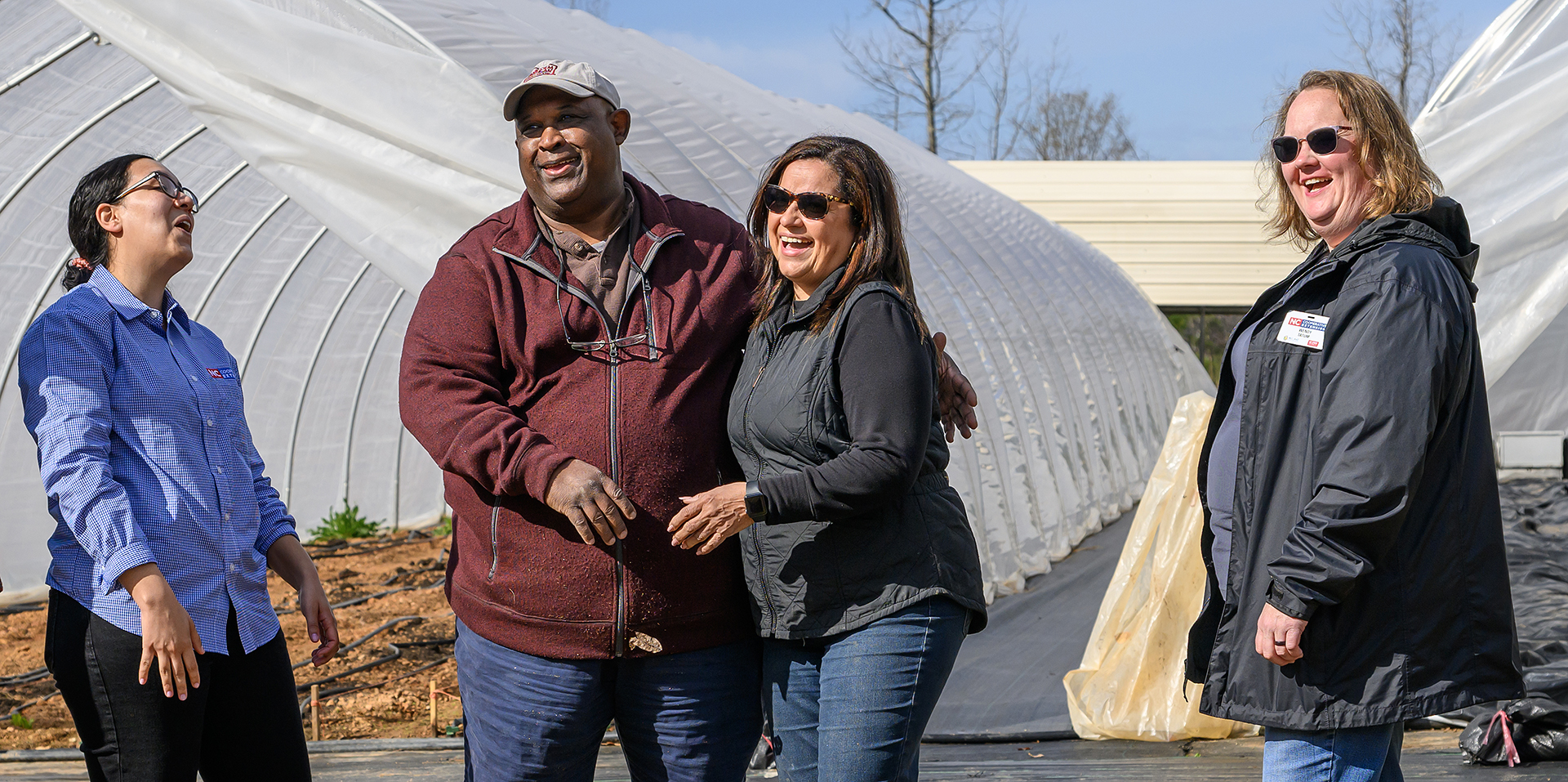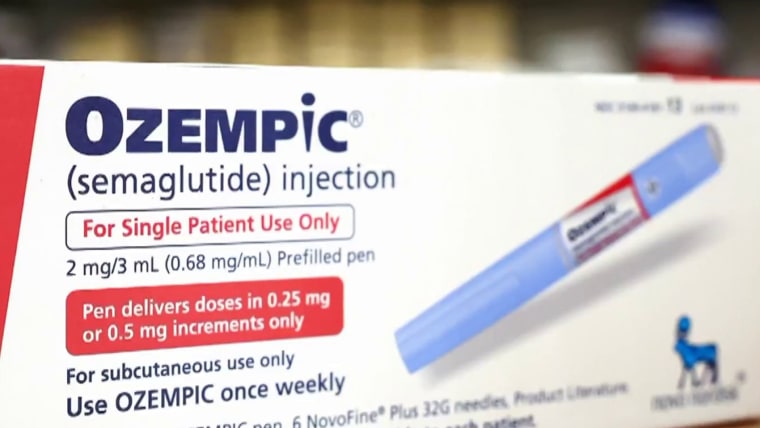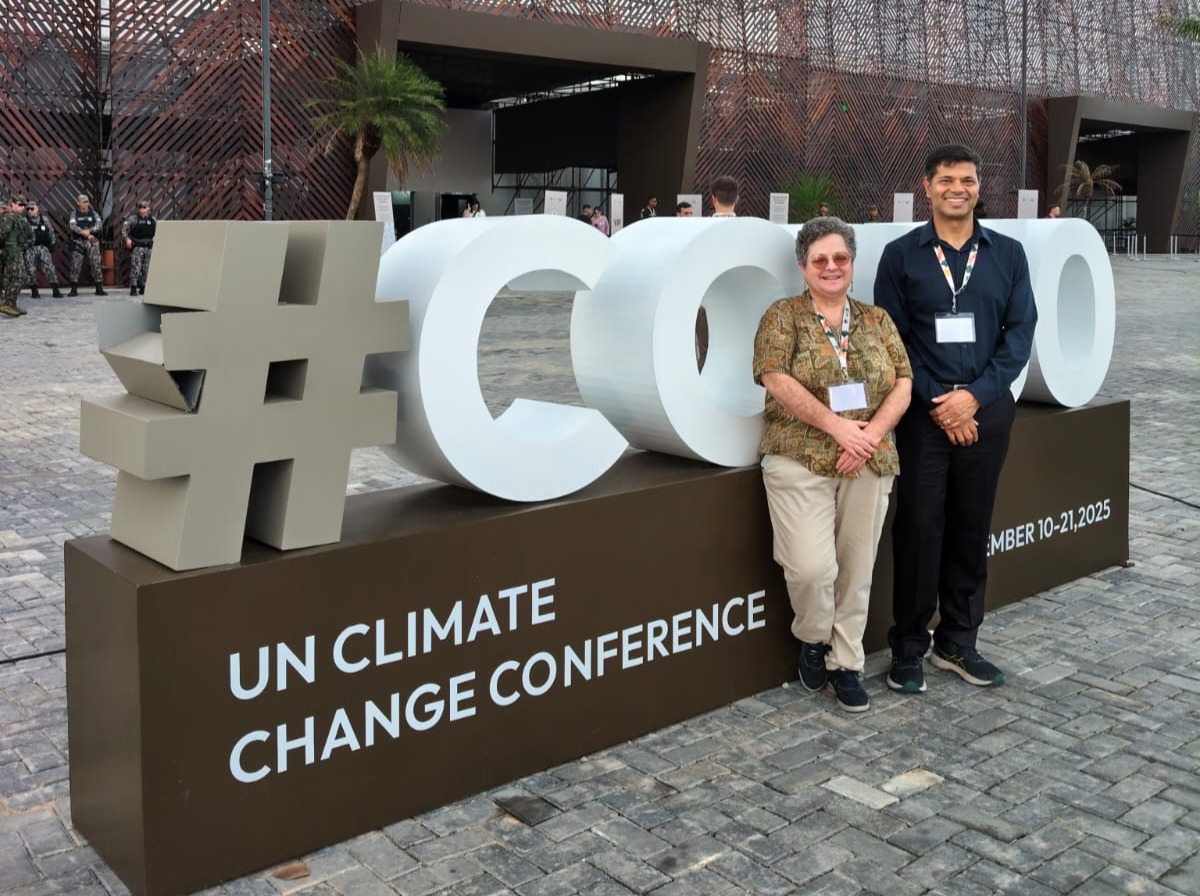Soil Health and Regenerative Agriculture Market Report – GlobeNewswire

Report on the Global Soil Health and Regenerative Agriculture Market: 2025-2035
A global analysis indicates significant growth in the Soil Health and Regenerative Agriculture market, driven by international commitments to the Sustainable Development Goals (SDGs) and corporate net-zero targets. The market, valued at approximately $12.69 billion in 2024, is projected to exceed $47.93 billion by 2035. This expansion reflects a paradigm shift toward low-carbon, climate-resilient agricultural practices essential for achieving global sustainability targets.
Alignment with Sustainable Development Goals (SDGs)
The growth of regenerative agriculture is intrinsically linked to advancing several key SDGs. The practices and technologies within this market provide tangible solutions for global challenges related to hunger, climate change, and environmental degradation.
- SDG 2 (Zero Hunger): By enhancing soil health and promoting long-term agricultural productivity, regenerative practices create more resilient and sustainable food production systems, directly contributing to food security.
- SDG 13 (Climate Action): The sector is central to climate mitigation efforts. Practices such as no-till farming and cover cropping turn agricultural lands into carbon sinks, reducing greenhouse gas emissions and supporting global climate resilience.
- SDG 15 (Life on Land): A core focus on soil regeneration, biodiversity enhancement, and the creation of diverse agro-ecosystems directly supports the goal of protecting and restoring terrestrial ecosystems.
- SDG 6 (Clean Water and Sanitation): The adoption of water-efficient techniques, such as drip irrigation, improves water management and conserves vital groundwater resources.
- SDG 12 (Responsible Consumption and Production): The market promotes sustainable production patterns, with major corporations integrating regenerative practices into their supply chains to reduce their environmental footprint.
- SDG 17 (Partnerships for the Goals): Growth is fueled by collaborations between governments, corporations, ag-tech innovators, and farmers, creating a multi-stakeholder approach to scaling sustainable agriculture.
Market Analysis and Industrial Impact
Market Growth and Projections
The market is forecast to experience a compound annual growth rate (CAGR) of 13.1% between 2025 and 2035. This robust expansion is propelled by government policies promoting climate-smart agriculture and corporate investments aimed at achieving Scope 3 emission reductions within agricultural supply chains.
- Estimated Market Value (2025): $13.91 Billion
- Forecasted Market Value (2035): $47.93 Billion
Industrial Transformation
Regenerative agriculture is reshaping the industry by creating new value chains and business models. These include the development of agricultural carbon-credit markets, where sustainable practices generate financial opportunities for farmers. Agribusinesses are innovating with biofertilizers and specialized equipment for nutrient management, while ag-tech firms are developing advanced digital tools for monitoring and verification.
Market Segmentation
Segmentation by Application
- Crop Production
- Livestock Grazing
- Forestry
Segmentation by Practice Type
- Soil Health Management
- Water Management
- Biodiversity Enhancement
- Nutrient Management
- Livestock Grazing Management
Segmentation by Region
- North America
- Europe
- Asia-Pacific
- Rest-of-the-World
Recent Developments and Innovations
Recent activities underscore the market’s momentum and its contribution to sustainability goals.
- Corporate Initiatives (2024): Bayer launched a regenerative agriculture program in India focused on soil carbon capture, directly supporting smallholder farmers in line with SDG 2 and SDG 13.
- Venture Capital Funding (2024): Soil Capital secured $16.2 million to expand its platform, enabling European farms to adopt regenerative practices and access carbon farming credits.
- Technological Advancement (2025): The emergence of digital Measurement, Reporting, and Verification (MRV) tools using AI and satellite monitoring is enhancing the credibility and accessibility of the agricultural carbon-credit market, crucial for scaling climate action (SDG 13).
- Policy and Incentives (2025): Governments in the E.U., U.S., and Australia have implemented climate-smart agriculture policies and financial incentives, such as provisions in the U.S. Farm Bill, to accelerate the adoption of soil health initiatives.
Competitive Landscape and Key Players
The market features a dynamic ecosystem of established agribusinesses, innovative ag-tech startups, and global food corporations, all contributing to the advancement of the SDGs.
Industry Leaders and Corporate Commitments
Global food and beverage companies like PepsiCo, Nestle, and General Mills are driving demand by pledging to adopt regenerative practices across millions of acres in their supply chains, directly supporting SDG 12. PepsiCo’s initiative alone targets 7 million acres. Agribusiness giants such as Archer Daniels Midland (ADM) and Cargill are expanding their regenerative agriculture programs and partnerships.
Technological Innovators
Ag-tech companies are critical to scaling regenerative practices. Indigo Ag has successfully issued CO2 removal credits, while startups like Boomitra are leveraging AI to generate soil carbon credits. Companies such as Pivot Bio are developing microbial fertilizers to reduce synthetic nitrogen use, and platforms from Regrow and Agreena provide essential MRV capabilities for verifying carbon sequestration.
Prominent Market Participants
- Bayer AG
- Cargill, Incorporated
- Archer-Daniels-Midland Co. (ADM)
- PepsiCo, Inc.
- General Mills, Inc.
- Nutrien Ltd.
- Indigo AG, Inc.
- Agreena
- Boomitra, Inc.
- Pivot Bio, Inc.
- Land O’Lakes, Inc. (Truterra)
- Regrow AG
Analysis of Sustainable Development Goals in the Article
1. Which SDGs are addressed or connected to the issues highlighted in the article?
The article on the soil health and regenerative agriculture market addresses several Sustainable Development Goals (SDGs) by focusing on sustainable farming practices that have environmental, economic, and climate-related benefits. The following SDGs are connected to the issues discussed:
- SDG 2: Zero Hunger – By focusing on “long-term agricultural productivity” and “climate-resilient food production,” regenerative agriculture contributes to stable and sustainable food systems.
- SDG 6: Clean Water and Sanitation – The article mentions the adoption of “water-efficient agriculture practices (e.g., drip irrigation)” which is crucial for sustainable water management.
- SDG 8: Decent Work and Economic Growth – The article highlights significant market growth, “enhancing farm profitability,” and creating new financial opportunities for farmers through “agricultural carbon-credit market mechanisms.”
- SDG 12: Responsible Consumption and Production – The entire concept of regenerative agriculture, which emphasizes “soil regeneration” and “nutrient management,” aligns with sustainable production patterns. Corporate commitments to adopt these practices in their supply chains (e.g., PepsiCo, Nestle) further support this goal.
- SDG 13: Climate Action – This is a central theme. The article extensively discusses “low-carbon agriculture practices,” turning farms into “carbon sinks,” “scope-3 emission reduction,” and implementing “climate-smart agriculture policies” to combat climate change.
- SDG 15: Life on Land – The focus on “soil health,” “soil regeneration,” and “biodiversity enhancement farming” directly contributes to protecting and restoring terrestrial ecosystems.
- SDG 17: Partnerships for the Goals – The article provides numerous examples of collaborations, including corporate initiatives (Bayer’s ForwardFarm), public-private partnerships (government incentives and corporate programs), and supply chain collaborations (Nzatu with African coffee growers).
2. What specific targets under those SDGs can be identified based on the article’s content?
Based on the article’s content, the following specific SDG targets can be identified:
- Target 2.4: By 2030, ensure sustainable food production systems and implement resilient agricultural practices that increase productivity and production, that help maintain ecosystems, that strengthen capacity for adaptation to climate change… and that progressively improve land and soil quality. The article’s focus on “climate-resilient food production,” “sustainable farming business models,” and “soil health” directly supports this target.
- Target 6.4: By 2030, substantially increase water-use efficiency across all sectors and ensure sustainable withdrawals and supply of freshwater. The article points to this target by mentioning “water-efficient agriculture practices” and government “payments for water-efficient agriculture practices (to conserve groundwater).”
- Target 8.4: Improve progressively, through 2030, global resource efficiency in consumption and production and endeavor to decouple economic growth from environmental degradation. The article describes a rapidly growing market ($12.69B to $47.93B) based on practices that restore environmental health, such as soil regeneration and carbon sequestration.
- Target 13.2: Integrate climate change measures into national policies, strategies and planning. The article highlights this by referencing “climate-smart agriculture policies and incentive programs” introduced by governments in the EU, Australia, and the U.S., including provisions in the “U.S. Farm Bill.”
- Target 15.3: By 2030, combat desertification, restore degraded land and soil… and strive to achieve a land degradation-neutral world. The core subject of the article, “soil health and regenerative agriculture,” is fundamentally about restoring soil quality and reversing degradation.
- Target 17.17: Encourage and promote effective public, public-private and civil society partnerships. The article is replete with examples, such as “Archer Daniels Midland (ADM) extended its programs to 4 million acres (partnering with Farmers Business Network’s Gradable platform)” and global food companies like PepsiCo and General Mills investing in farmer training and incentive programs.
3. Are there any indicators mentioned or implied in the article that can be used to measure progress towards the identified targets?
Yes, the article mentions or implies several indicators that can be used to measure progress:
- Soil Carbon Sequestration Levels: The article points to this as a key metric through concepts like “soil carbon capture,” “paying growers for soil carbon gains,” and the development of “satellite monitoring soil carbon services” to “verify carbon sequestration.”
- Greenhouse Gas (GHG) Emissions Reduction: Progress is measured through “scope-3 emission reduction in agriculture supply chains,” overall “GHG emissions reduction,” and the volume of carbon credits issued, such as Indigo Ag’s issuance of “nearly 1 million tons of CO2 removal credits.”
- Area of Land Under Regenerative Management: The article uses acres as a direct indicator of adoption scale, citing corporate pledges like ADM’s program covering “4 million acres” and PepsiCo’s goal for “7 million acres.”
- Market Value and Investment: Financial figures serve as indicators of the sector’s growth and viability. The article provides market value projections (“$12.69 billion in 2024” to “$47.93 billion by 2035”), specific investments (Soil Capital’s “$16.2 million in Series B funding”), and dedicated funds (Mad Capital’s “$50 million Perennial Fund II”).
- Adoption Rate of Specific Practices: The article implies that tracking the use of techniques like “no-till,” “cover cropping,” and “agroforestry” is an indicator. It also mentions product-specific metrics, such as Pivot Bio’s fertilizers helping farmers “cut synthetic nitrogen use by ~20%.”
4. SDGs, Targets, and Indicators Table
| SDGs | Targets | Indicators |
|---|---|---|
| SDG 2: Zero Hunger | Target 2.4: Ensure sustainable and resilient food production systems. | Adoption of “climate-resilient food production” practices; improvements in “long-term agricultural productivity.” |
| SDG 6: Clean Water and Sanitation | Target 6.4: Increase water-use efficiency. | Adoption of “water-efficient agriculture practices” like drip irrigation; government payments for water conservation. |
| SDG 8: Decent Work and Economic Growth | Target 8.4: Decouple economic growth from environmental degradation. | Market value growth (from $12.69B to $47.93B); increased “farm profitability”; creation of new value chains like “soil carbon trading.” |
| SDG 12: Responsible Consumption and Production | Target 12.2: Achieve sustainable management and efficient use of natural resources. | Area of land under regenerative management (e.g., PepsiCo’s 7 million acres); reduction in synthetic inputs (e.g., cutting nitrogen use by ~20%). |
| SDG 13: Climate Action | Target 13.2: Integrate climate change measures into policies and planning. | Volume of CO2 removal credits issued (e.g., nearly 1 million tons by Indigo Ag); reduction in “GHG emissions”; implementation of “climate-smart agriculture policies.” |
| SDG 15: Life on Land | Target 15.3: Restore degraded land and soil. | Measured improvements in “soil health scores”; amount of “soil carbon capture” verified by MRV technologies; adoption of “biodiversity enhancement farming.” |
| SDG 17: Partnerships for the Goals | Target 17.17: Promote effective public, public-private and civil society partnerships. | Number and scale of corporate-farmer partnerships (e.g., ADM and Farmers Business Network); amount of private investment mobilized (e.g., Mad Capital’s $50M fund); number of government incentive programs. |
Source: globenewswire.com
What is Your Reaction?
 Like
0
Like
0
 Dislike
0
Dislike
0
 Love
0
Love
0
 Funny
0
Funny
0
 Angry
0
Angry
0
 Sad
0
Sad
0
 Wow
0
Wow
0



















































.jpg.webp?itok=0ZsAnae9#)



























